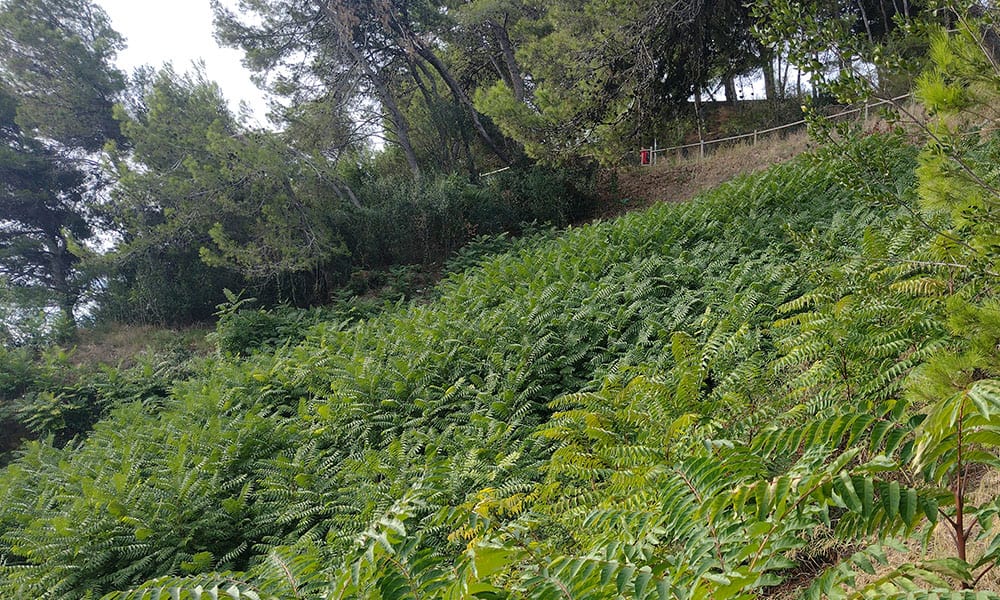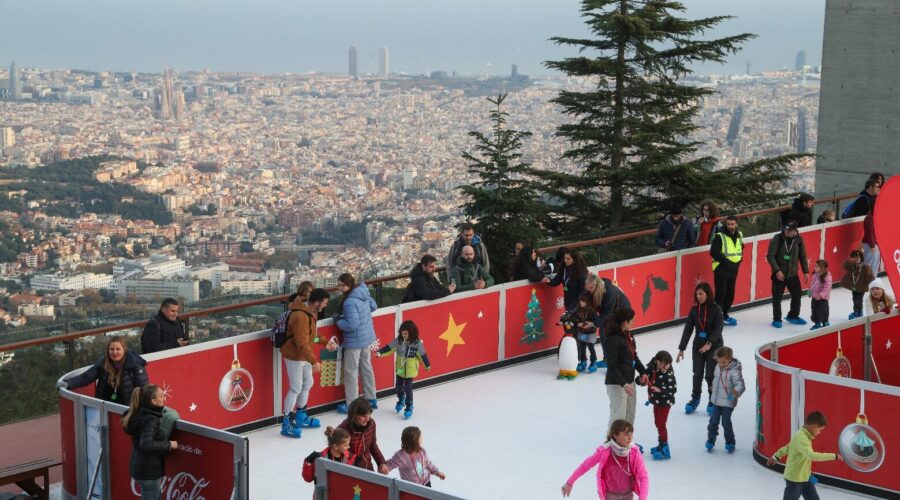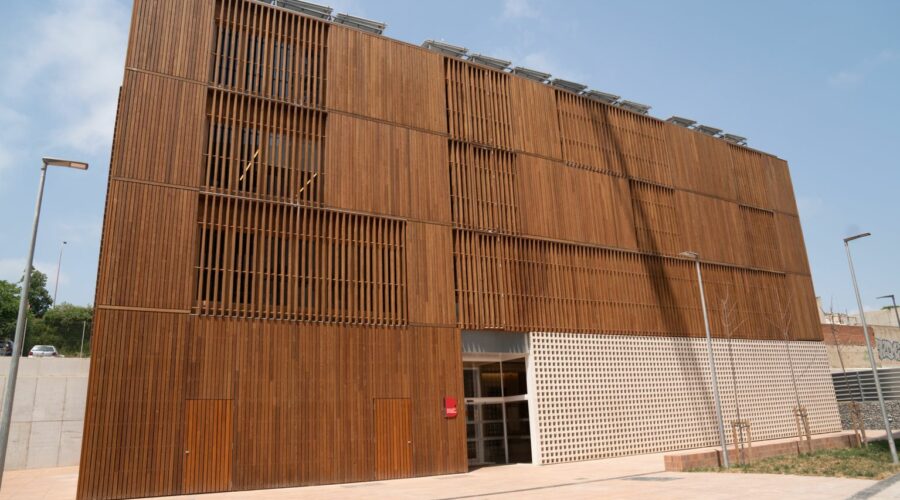
On the iconic mountain that stands in the middle of Barcelona, in an area of just over three square kilometers on Montjuïc, researchers have identified nearly 250 species of exotic plants.
This finding has raised alarms about the proliferation of these invasive species and their potential detrimental effects on the local ecosystem and beyond.
Montjuïc: a place of beauty and ecological challenges
The mountain, which rises above the Barcelona skyline and offers panoramic views of the city and the sea, is known for its natural beauty and historical significance. However, this new study reveals that it is also home to a great diversity of exotic plants that threaten local biodiversity.
Among the exotic plants found, some of the most aggressive species from the Mediterranean basin, such as ailanthus (Ailanthus altissima) and ivy senecio (Senecio angulatus), have taken over the northeastern slope of Montjuïc.
This concentration of exotic flora is particularly worrying, since in just three square kilometers there are almost a quarter of all the species of exotic flora detected in Catalonia, and an eighth of the whole of Spain.
Four causes of this proliferation
Researchers have identified four main causes that have turned Montjuïc into a magnet for these invasive species:
Design of the environment: Montjuïc is home to a large number of gardens, many of which were designed for the Universal Exposition of 1929. These gardens contain plants that can escape and become feral in surrounding areas.
Infrastructure: The mountain is dotted with infrastructure such as museums and sports facilities, which provide ideal microhabitats for the proliferation of invasive plants.
History of population: In the past, Montjuïc was home to tens of thousands of people living in shantytowns. Although these populations no longer exist, they have left their mark with species of former subsistence crops.
International connections: The port of Barcelona, located a few meters from Montjuïc, and El Prat airport, a few kilometers to the south, are important entry points for exotic plants.
The study highlights that Montjuïc has become a point of entry and expansion of many invasive plant species not only in Catalonia but throughout Europe. This is due to the strong human impact on their environment and climate change, which favor the spread of these invasive species.
According to Carlos Gómez-Bellver, specialist in invasive flora and IBB researcher, the presence of invasive and exotic plants in Montjuïc will continue to increase in the future. In response to this growing threat, Neus Ibáñez, lead author of the study and IBB researcher, suggests the implementation of eradication actions, at least for the most aggressive species such as the ailanthus.



